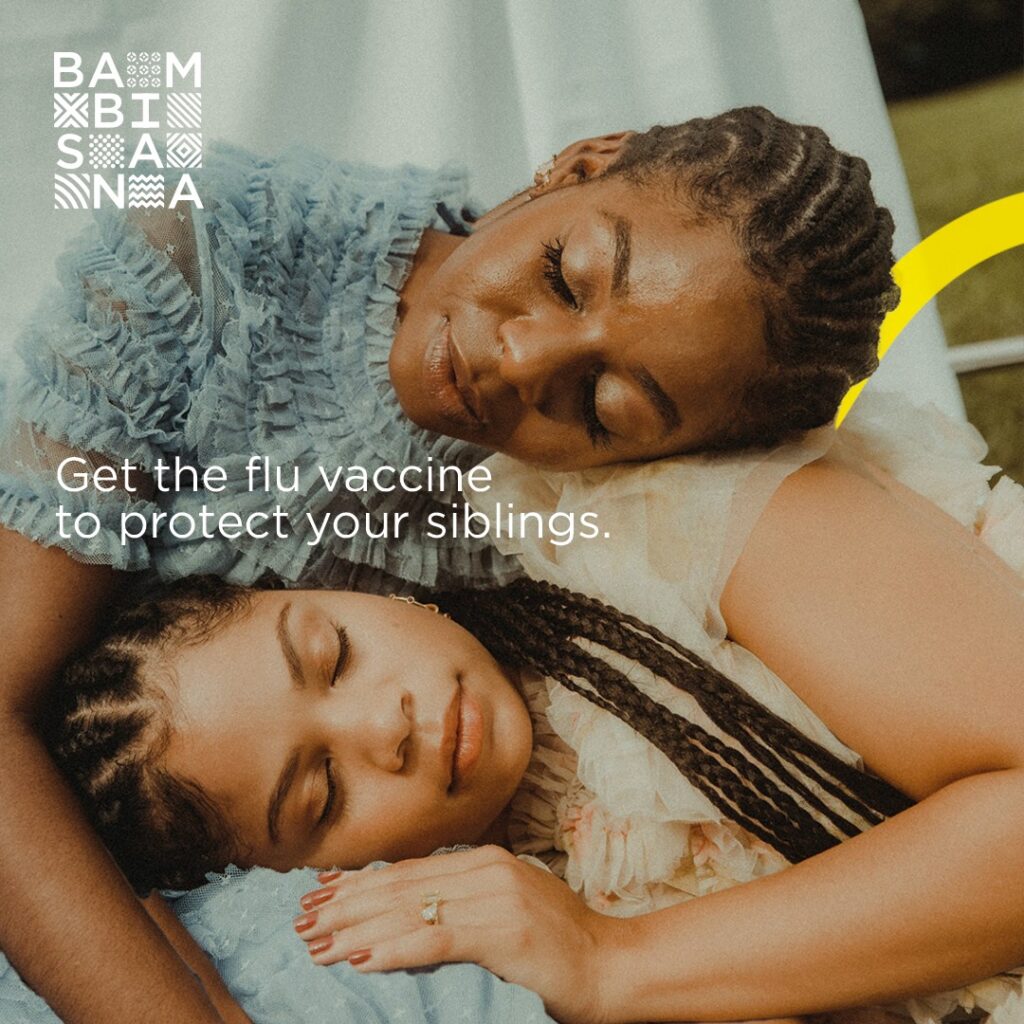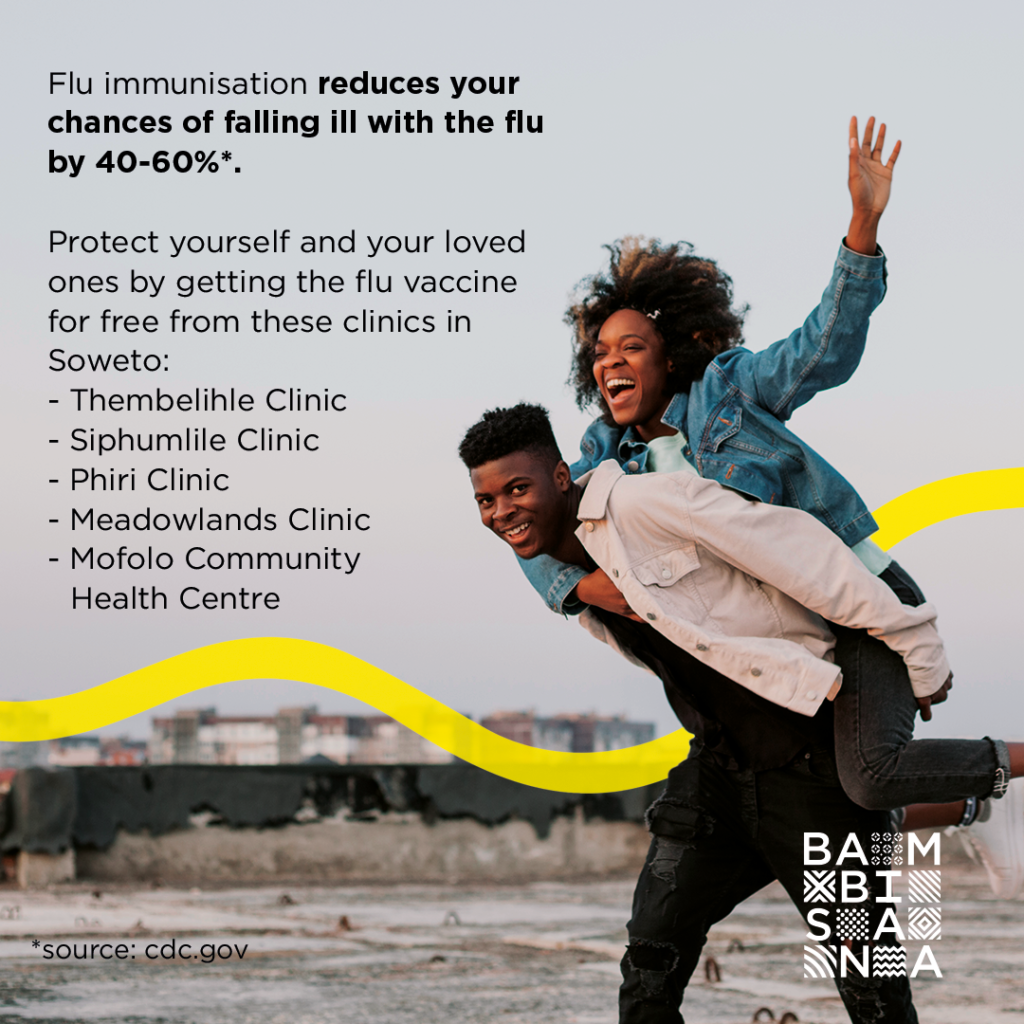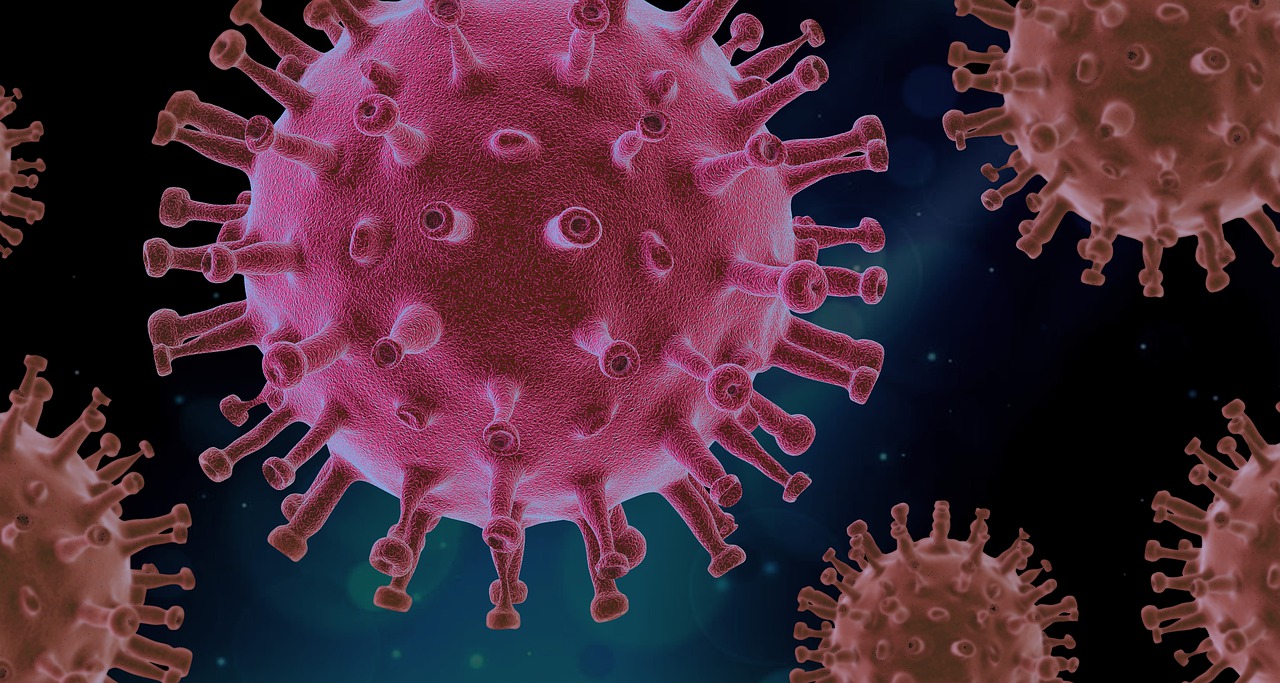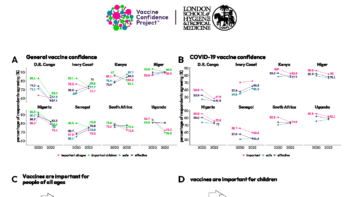Overview
We partnered with Wits Vida, the Vaccine Confidence Fund, and PHRU to study how much, if at all, social media and community influencers can influence and increase uptake of influenza vaccines. We designed and tested an integrated communications strategy targeted at marginalised young adults in Soweto, South Africa.
Studies have shown that the impact, severity, and spread of the flu virus during flu season is reduced in homes and communities where people have had a flu vaccine. The study aimed to understand how different messaging mediums – digital, in-person activations, and the use of influencers – influenced the rate of flu shots in a given community.
Methodology
The study used a mixed methods pre-test, post-test intervention design.This included qualitative and quantitative data collection to assess the effects of community and social media interventions to increase influenza vaccination uptake among youth in Soweto, South Africa.
Findings
During the course of the intervention period, there was an increase in vaccinations in clinics situated within the study clusters where the on- and offline campaigns were implemented. This increase in vaccination was most apparent after the start of the offline campaign intervention. It is important to note that a ‘conversion lag’ (the delay between someone seeing or engaging with an intervention element and performing a subsequent conversion action or behaviour – in this case vaccination) may have created a gap between people seeing the online campaign and acting on outcomes. The combined power of on- and offline campaigning should also be noted, given that vaccination levels were highest during the weeks of both the on- and offline campaign activities.
Finally, we should consider the role of aligning vaccine supply with demand; vaccination rates began to increase even before campaign activity commenced, with the onset of the donated vaccines arriving in clinics, along with additional nursing staff to help deliver them. The combined reach of the on- and offline interventions was higher than the total combined population of the clusters. Overall, the study provides critical insights for improving the effectiveness of annual influenza vaccination campaigns. The results suggest that tailored and context-specific education, community engagement, and reliable vaccine supply with free, localised access are all critical for improving perceptions of, increasing confidence in, and motivating uptake of vaccination.
Campaign
We were hyper-focused on getting two key things right.
First, messaging. A key breakthrough we made to drive the changes we wished to see was making people care about the benefits of the flu vaccine to the three groups of people they care most about: themselves, their family, and their community.
Second, imagery. Messaging about people’s health can sometimes have a clinical feel to it. We wanted to subvert this. For us, it was clear for this campaign to work, we needed to add vibrancy to our message, focusing on the benefits of not getting the flu as opposed to the process, which is scary for some. Further, we wanted the content to be a mirror of the audience we were speaking to – the young people in their community we wanted to drive the change in.









